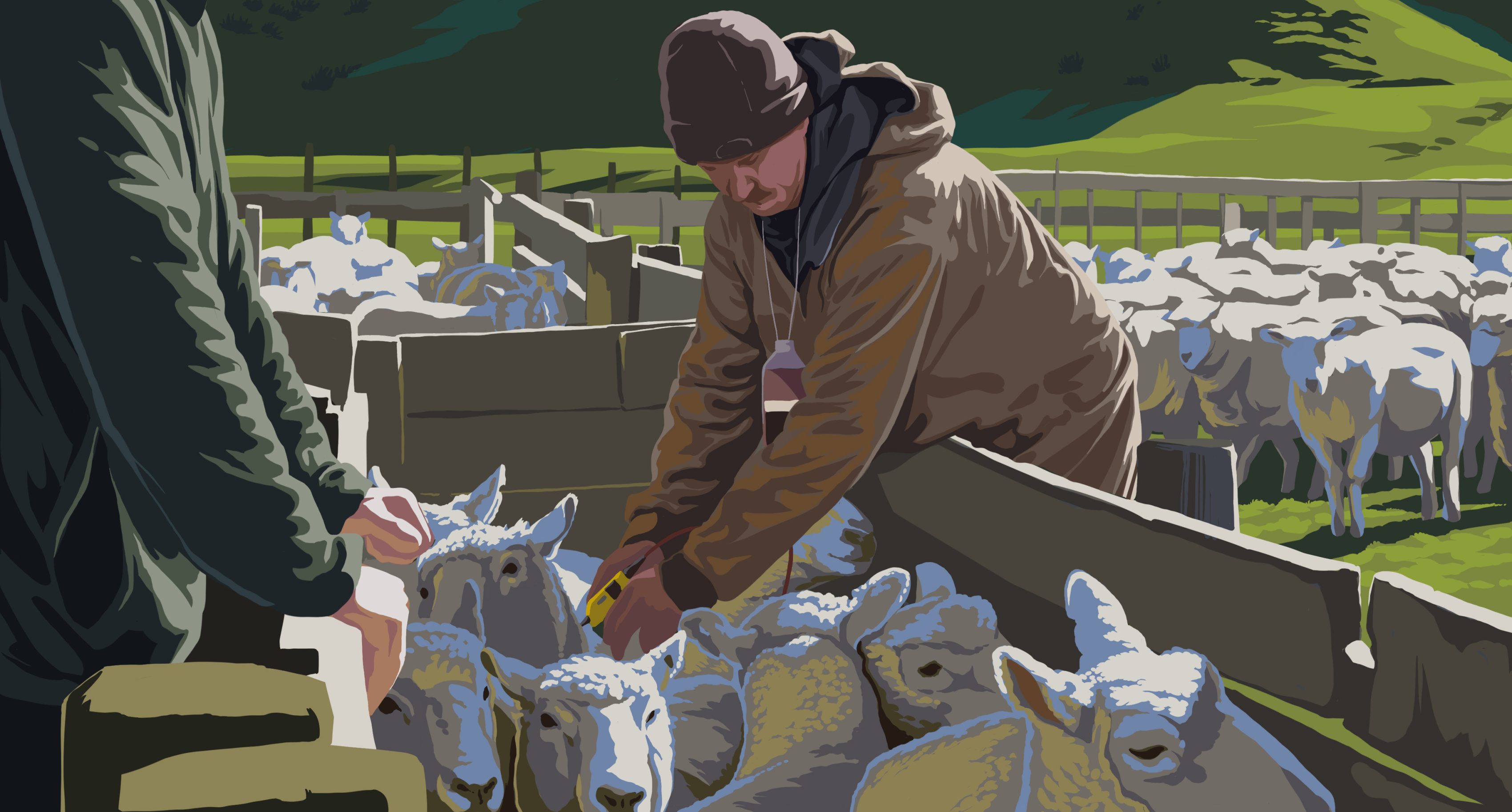
Pre-lamb Decision Guide
Important note about use of long-acting drenches in ewes pre-lambing
One of the identified risk factors for accelerating parasite resistance to drenches is drenching adult sheep. Another risk factor is using a long-acting drench product. So combined, there is a very high risk of selecting for parasite resistance to the drenches used on your farm when used incorrectly. Trials and modelling from AgResearch have confirmed this.
Glossary
| Term | Definition |
|---|---|
| Blanket drenching | The practice of drenching an entire flock. |
| Selective drenching | The practice of determining which members of a sheep flock require drenching and only drenching a portion of the total flock. |
| Body condition score (BCS) | A quick and easy, low-cost management tool assessing the amount of body fat or condition of a ewe by feeling the spine and short ribs along the loin area. Differential feeding of ewes based on body condition score can have a considerable impact on ewe flock performance. |
| Faecal egg count | Counts the numbers of worm eggs in faeces and is used to monitor worm burden in sheep. |
| Faecal egg count reduction test (FECRT) | A test to determine the effectiveness of drenches against worms on your farm at the time of testing. It does this by comparing the Faecal Egg Count (FEC) immediately before drenching, with the FEC 10 days after drenching. The result is reported as the percentage reduction in faecal egg count over this period. |
| Drench resistance | Occurs when there is a change in the genetic makeup of worms allowing them to survive exposure to a correctly applied dose of drench that would normally be lethal. The resistant worms carry on to breed passing their resistance genes to their offspring. |
| Refugia | The practice of making sure there are some susceptible worms able to reproduce, often by leaving a proportion of animals undrenched, so that the non-resistant (susceptible) worms continue to predominate. |
| Dag score | Dag scoring is an easy technique that assesses the ‘dagginess’ of a sheep and can be used as an indicator of likely worm burden and/or challenge. |
| Drench check | A faecal egg count of 10-20 animals within a mob 10-14 days after drenching to evaluate the effectiveness of the drenches that you have used. This is often done in-between, and in addition to, the more extensive and costly Faecal Egg Count Reduction Tests (FECRT) which should be done every 3-6 years. |

